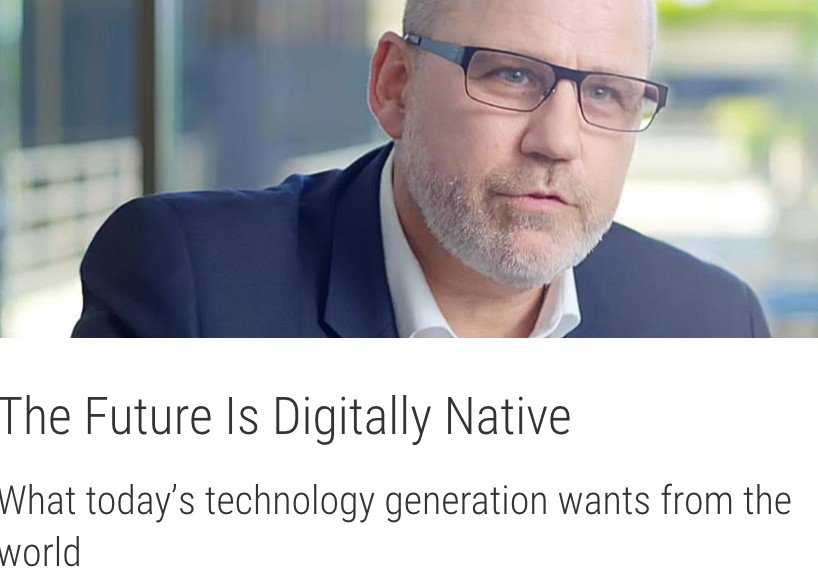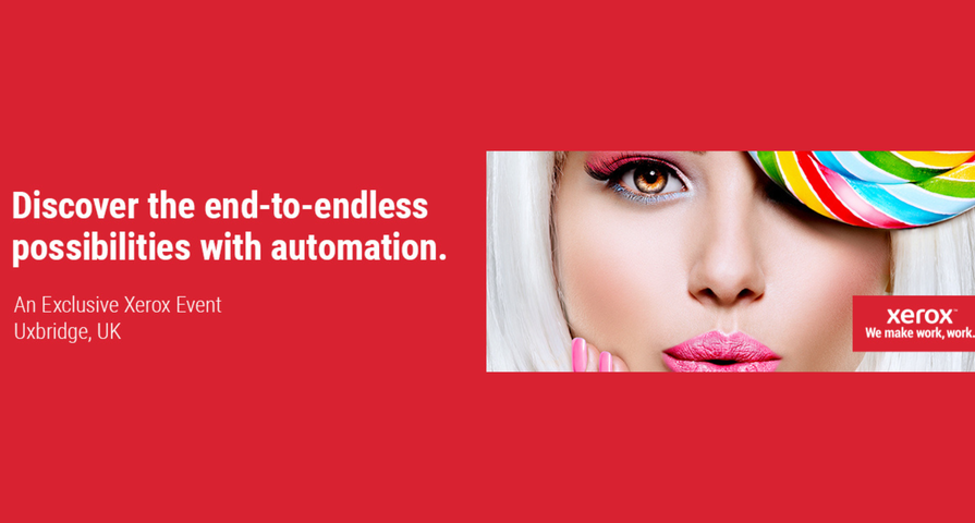
What’s the difference between research and innovation?
Ultimately business innovation is about delighting the users of your invention. Creating truly differentiated customer value. When that happens, it results in great economic returns for your company. If your invention doesn’t end up with a customer benefit, then it’s not an innovation.
Technology innovations have two parts. One is the creative element, the “Aha!” moment, the invention itself. A lot of what Xerox researchers do is all about inventing solutions to pain points that clients have. At the beginning we dream with the customers, we understand their pain points and brainstorm solutions. These are the early moments of seeing what nobody else has seen before that could result in a new invention leading to a differentiated product or service.
The second part is more entrepreneurial. Researchers have to make sure that their creative ideas get buy-in from the whole value chain and after significant partnerships with engineering, manufacturing, finance, marketing and sales, that it makes it successfully into the hands of the customers. Only then can it become an amazing invention and a truly valuable business innovation.
Why is it important that an innovation has the ability to scale up?
It’s important for two reasons. First of all, while researchers co-create and pilot innovations with a specific client, it’s essential that the engineering team maintains a scalable software platform so that this one client implementation can be re-used with many clients across the world.
Secondly, Xerox helps many different kinds of organizations – cities, hospitals, large and small enterprises – manage their information processes. More and more of the customers’ clients are individuals: the citizen, the patient, the knowledge worker. So while Xerox sells to businesses (we’re a B2B company), our customer has to be able to provide services to individuals. So we are in fact a B2B2One (business to business to “one”) company. Our clients need specific solutions that scale in real time so they can serve millions of unique citizens, patients, students, knowledge workers, etc.
How can a research organization become more user-centric?
Any organization can become more user-centric and often should. In our research labs we have years of experience in observing and understanding the way people really use technology (not just the way they claim to use technology). This 30-year track record of leveraging ethnography throughout the innovation cycle started at PARC in the seventies and is now deployed across the globe. It gives us a unique perspective on how technology fits into the complex social framework of an individual’s everyday activity. This human-centric view uniquely qualifies us to engineer and simplify the flow of work in a way that provides greater productivity and efficiency for our clients and their clients.
Is there a danger that business innovation destroys more jobs than it creates?
This is not something to dismiss lightly and, yes, many basic, manual transactional jobs will go away. But the world’s biggest problems won’t be solved manually. There’s a significant opportunity to leverage machine intelligence and robotics to perform jobs that are difficult for humans. More importantly, machines are augmenting people today in their jobs and in their lives.
Technology has the potential to significantly raise the basic standards of living for everyone on the planet. In the book Abundance (The Future is Better than You Think), Diamandis and Kotler point out that technological advances and innovation in areas such as computing, energy, medicine and other disciplines are improving at such an exponential rate that we will see positive breakthroughs we can’t even imagine today.
Can innovation be too early?
Inventions can absolutely be too early. Innovation, creating a truly differentiated solution that addresses the customer’s pain points, is never too early.
To be commercial, the invention has to be timed for the market. In 1973, we invented and commercialized the color copier – before there were many color originals! So we didn’t address a client’s pain point and our breakthrough invention did not become an innovation at that point in time. The market did catch up finally and became a great money-maker for Xerox. You can prevent this problem by co-creating the innovations with your clients in an agile way.
Why should a services business have an innovation organization?
It is critical for a services business to provide innovative solutions to their customers on an on-going basis. In five- to ten-year contracts, clients expect to get innovative changes that will be deployed over the years that improve their processes and delights their end users. Having a strong innovation engine enables this to happen. The innovation organization truly understands the client’s pain points and dreams, identifies differentiated opportunities, brings in the right external partnerships and co-innovates with clients. This engine is the catalyst for transformational innovations that leads services companies and their customers into a prosperous future.



